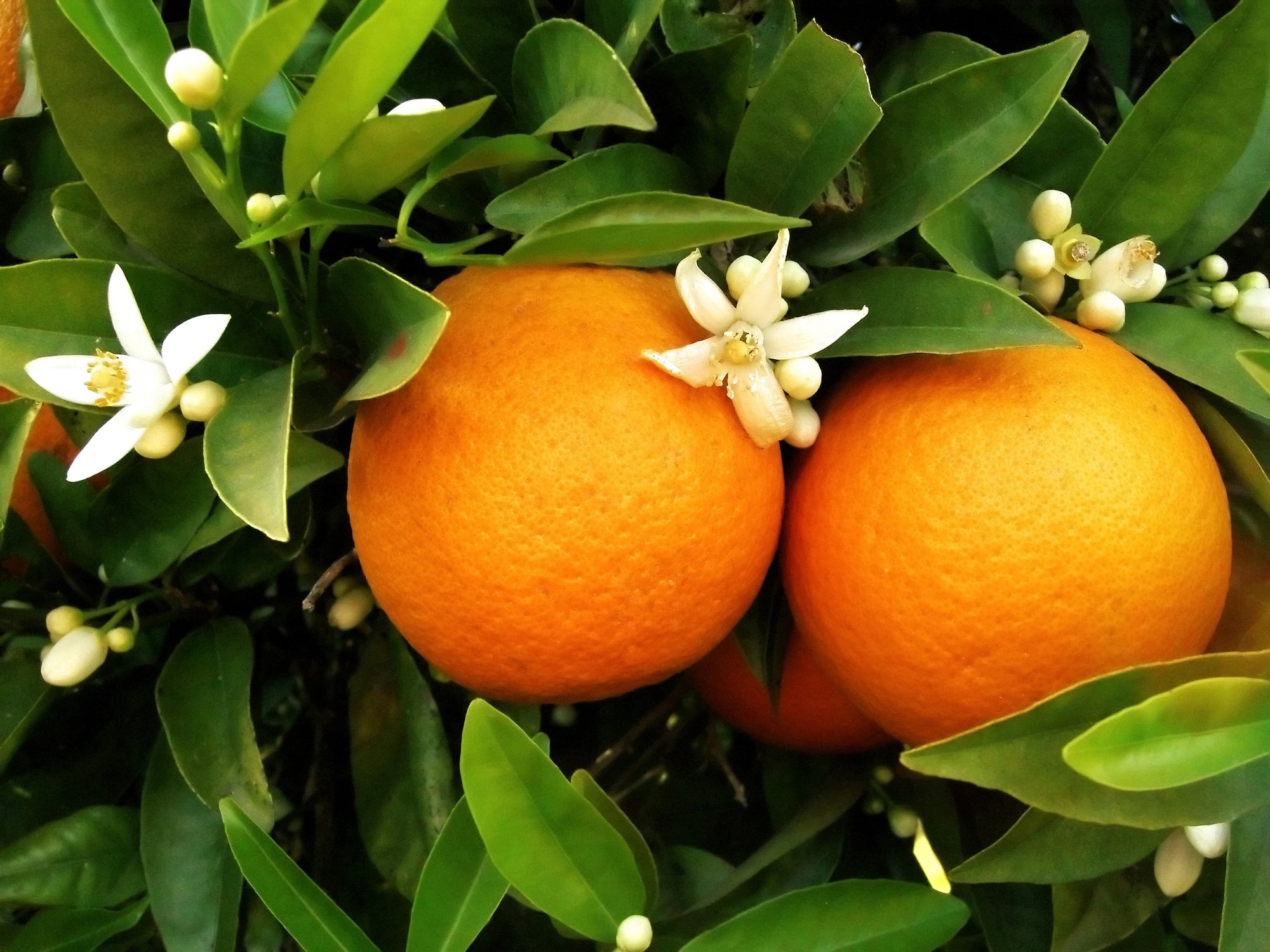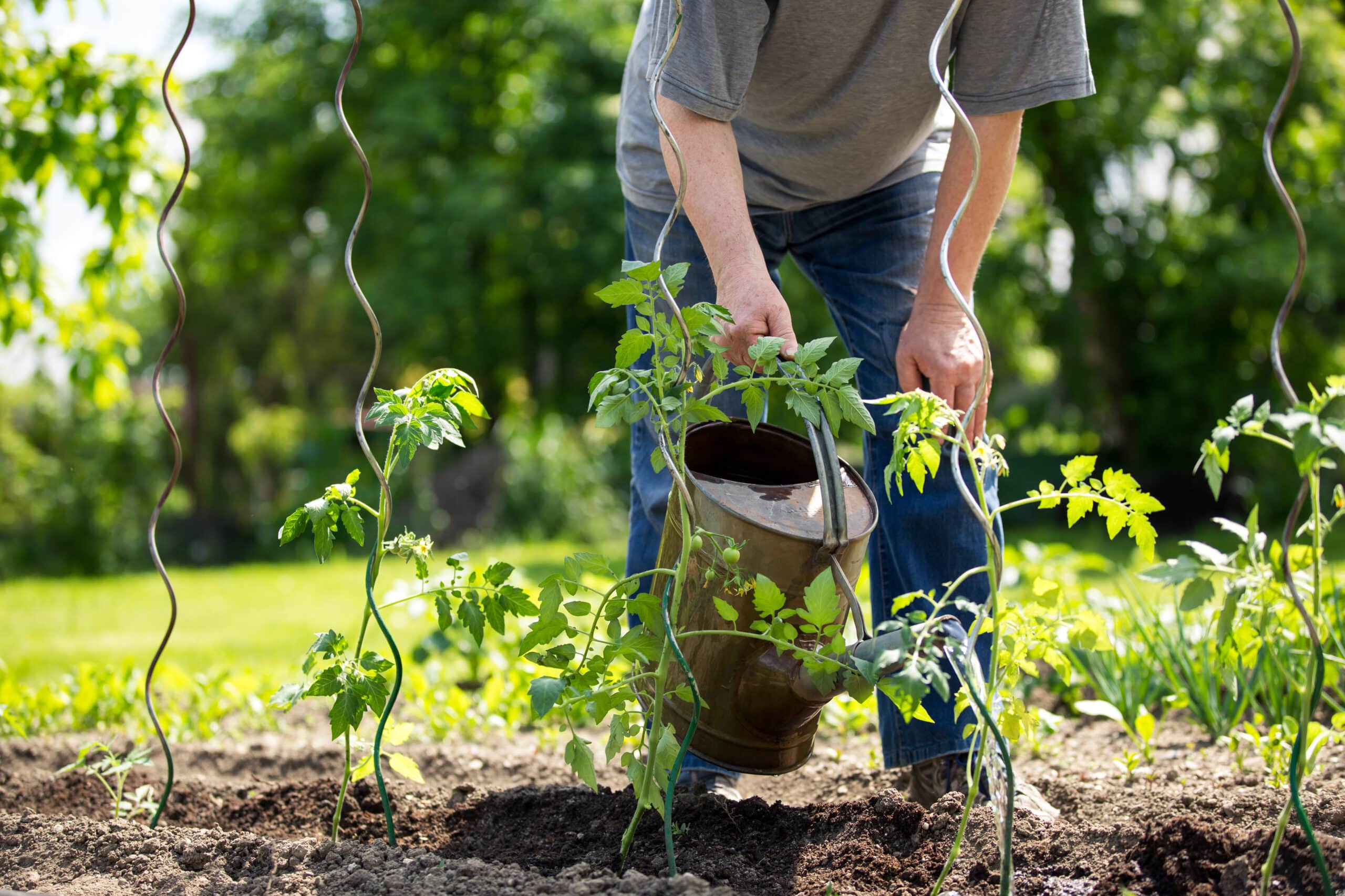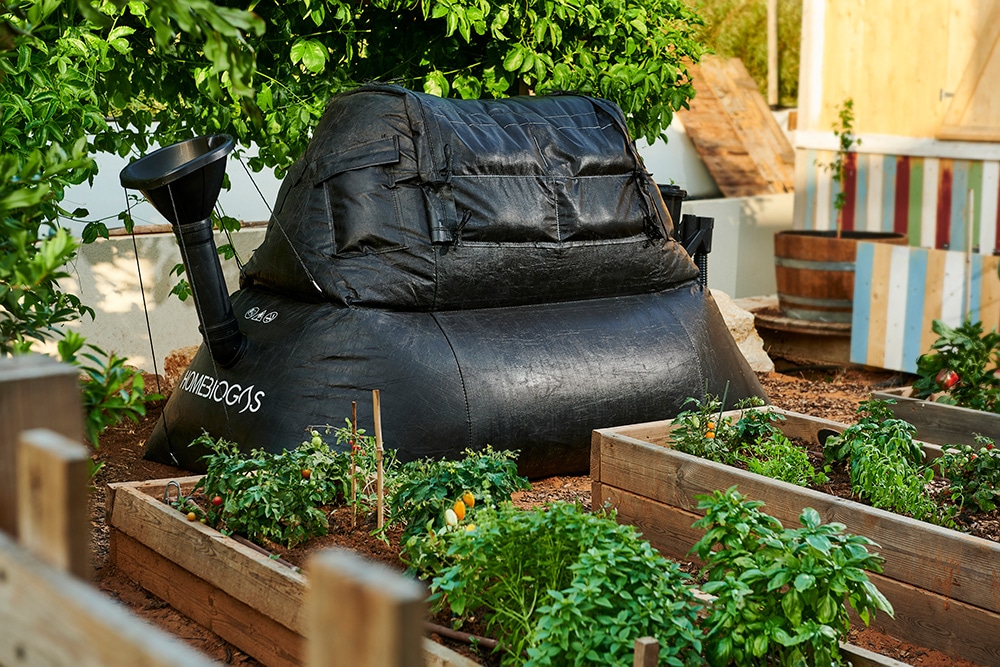
Organic Waste = Pure Energy
For us, those who buy organic vegetables, wear organic cotton and use organic cosmetics, it might come as a surprise to hear that not all that is organic is good. Organic waste is actually a huge problem, causing environmental issues that are tough to tackle: groundwater pollution, air pollution, offensive smells, and – worst of all – landfill leads to the formation of methane gas: a greenhouse gas whose effect on global warming is 21 times worse than carbon dioxide. We hear you, that IS depressing.
But don’t go just yet – we have solutions!
Composting is one of the best tools at our disposal for waste disposal (Ha!). If you made it here, to HomeBiogas blog – you probably know your way around food leftovers and all those beautiful greens and browns that make yummy garden fertilizer. Your plants love you.
But what if we told you, you could make even more miracles with your leftovers? That you can become a garbage angel? A waste god? Lord of the manure?
Yes, it’s true! Your organic leftovers can be transformed into pure renewable energy, and by energy, we don’t mean the new-agey term for groovy vibes – but the good old-fashioned thing that gives us light and heat.

How does it work?
Well, like magic – that is – like science: you feed all your leftovers and food scraps into our HomeBiogas system, bacteria digest the food – don’t worry, it’s good for them – and out comes… biogas, which you can now use to operate your stove. Yes, it’s just like regular gas – but sustainable, and you made it yourself! Use biogas for one year and you’ve saved the planet six tons of carbon emissions. We’re not mentioning the money you’d be saving because we know you’re not in it for the money. ????

Oh, and remember your loving plants? These guys will also benefit: the process in our HomeBiogas system also produces a liquid fertilizer that works even better than your good old compost.
Before you shove everything into your HomeBiogas system, let us remind you of another sweet way of processing waste – making jam. Here is our secret orange peel recipe. Keep in mind – it’s even better when cooked with biogas…

Compost Queen Orange Peel Jam
- Wash and peel three nice big oranges.
- Remove the white part of the peel and, with a sharp knife, slice the peel into matchstick-thin strips.
- Put all the strips in a pot, cover with water and boil for 6 minutes after boiling strain.
- Repeat this operation twice more in order to weaken the bitterness of the peels.
- Rinse the peels, place them in a medium saucepan and add two cups of sugar (you can replace one cup with brown sugar or date honey, for a darker look and a richer taste).
- Add 2 cups of orange juice (you already have oranges!). You can also add one tablespoon of vanilla extract or geranium leaves – for that extra edge.
- Cook over medium heat for six minutes, then slightly lower the heat and cook for about 20 minutes more. Stir occasionally. By “occasionally” we mean, don’t hover over the pan – jams are shy, but don’t run off to check your mails and forget about it either.
- Once the peels have become soft and slightly transparent, make sure there is enough liquid for the jam. If the mixture is too thick, add a little orange juice or water.
- Let cool for a few minutes.
- Sterilize a jar in boiling water, dry it and carefully transfer the jam to it.
Caution – super tasty! Leave some for the guests!!






